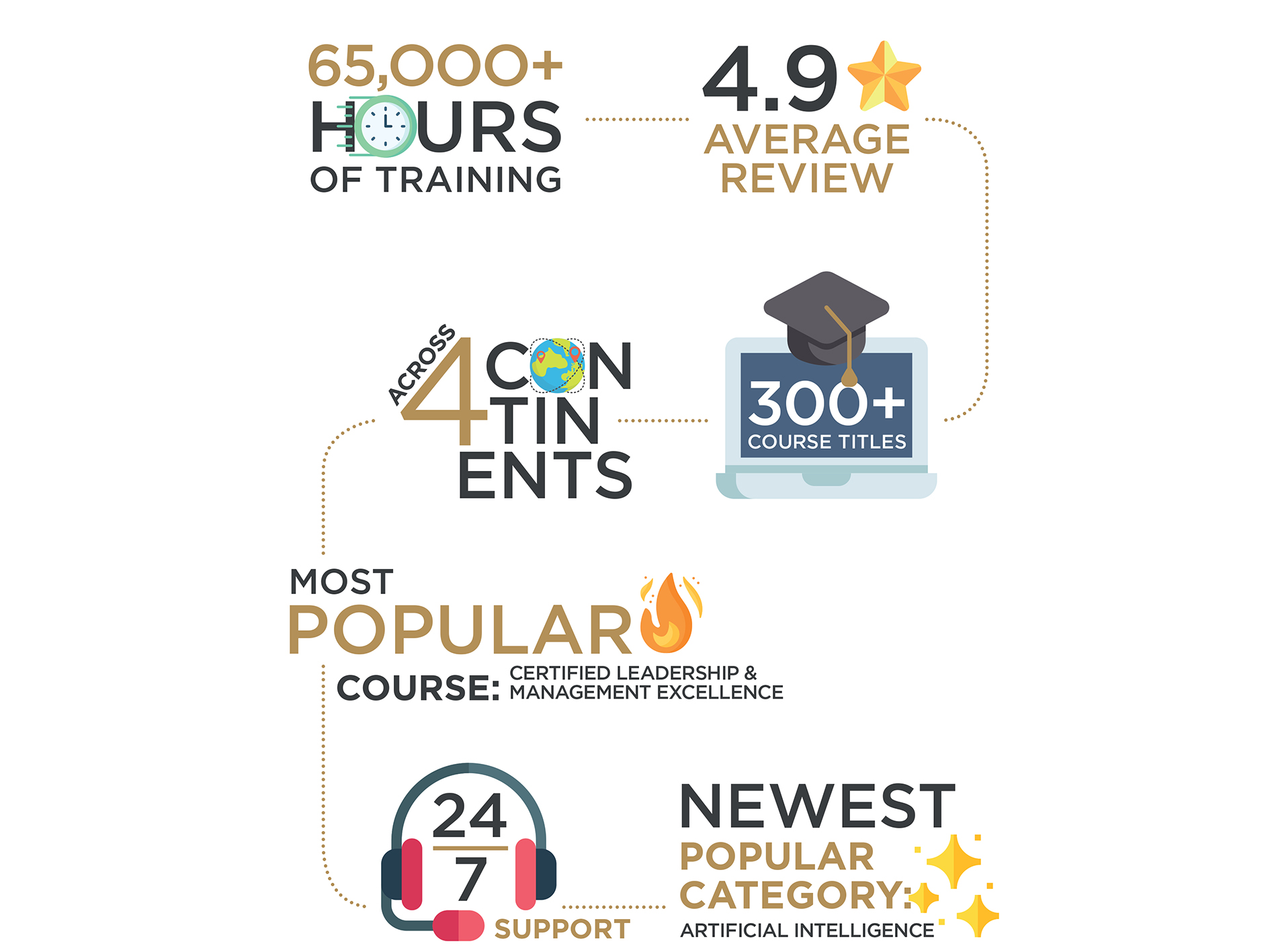The oil and gas industry has experienced tremendous growth and development over the past few decades. It is now one of the largest industries in the world, with companies operating in virtually every country. At first glance of the gas and oil industry, it would be important to have a brief overview of the background and the segments of this industry.
The oil and gas industry began in the late 19th century with the discovery of oilfields in various parts of the world. Since then, it has grown into a global enterprise that includes not only the exploration of new sources of hydrocarbon fuel, but also the refining of these resources into usable products like gasoline, diesel, jet fuel, and other fuels used in industrial processes. The industry also involves transporting these materials to buyers via pipelines or tankers, as well as researching potential new sources of energy such as shale gas or renewable alternatives like solar power or wind turbines.
Today's oil and gas industry continues to evolve as technology advances and new sources of energy are discovered. Companies are taking steps to reduce their environmental impacts by relying on more sustainable practices such as carbon capture systems and better waste management. At the same time, they must also balance economic considerations with government regulations related to safety and sustainability standards.
Following the evolving gas and oil industry over time, the three main segments are here to support the flow of the whole system. They are namely: upstream, midstream, and downstream. The upstream segment includes exploration, drilling, and production activities that take place on the earth’s surface or subsurface. This is the most capital-intensive stage of the process—investments can range from hundreds of thousands to over a billion dollars.
The midstream segment includes transportation and storage activities for crude oil, natural gas liquids (NGLs), refined products, and chemicals produced by refineries. These activities involve pipelines, tankers, barges, storage tanks, and terminals that deliver hydrocarbons from the upstream segment to end users or other refineries.
Lastly, the downstream segment mainly involves refining crude oil into useful fuels such as gasoline and diesel fuel, NGLs into chemical feedstocks used in manufacturing processes and products like fertilisers or plastics, as well as marketing those products to consumers. It also involves petrochemical manufacturing plants that produce goods derived from petroleum such as synthetic rubbers or fabrics.
Pursuing a career in oil and gas production is an ideal choice due to the good average pay and various job opportunities worldwide. To get started, obtaining the education, experience or certification would definitely help to gain knowledge and build connections.
Find out more on London Training for Excellence website: Applied Petroleum Geology and Reservoir Petrophysics
 All Courses
All Courses
 Accounting and Finance
Accounting and Finance Administration and Office Management
Administration and Office Management Business Administration
Business Administration Chemical Engineering
Chemical Engineering Communications and Public Relations (PR)
Communications and Public Relations (PR) Compliance and Legal
Compliance and Legal Construction Management
Construction Management Contract and Project Management
Contract and Project Management Customer Experience and Relationship Management
Customer Experience and Relationship Management Data Management and Business Intelligent
Data Management and Business Intelligent Digital Transformation
Digital Transformation Energy and Sustainability
Energy and Sustainability Health, Safety and Environment
Health, Safety and Environment Hospitality & Tourism
Hospitality & Tourism Human Resources and Talent Development
Human Resources and Talent Development Industrial Manufacturing and Production
Industrial Manufacturing and Production Innovation and Artificial Intelligence (AI)
Innovation and Artificial Intelligence (AI) Leadership and Management
Leadership and Management Oil and Gas
Oil and Gas Procurement & Supply Chain Management
Procurement & Supply Chain Management Public Sector
Public Sector Quality and Productivity
Quality and Productivity Retail and E- Commerce
Retail and E- Commerce Sales and Marketing
Sales and Marketing Sports Event Management and Operations
Sports Event Management and Operations Strategy and Business Planning
Strategy and Business Planning Sustainability and CSR
Sustainability and CSR Learning Solutions
Learning Solutions
 About Us
About Us
 iLearn Blog
iLearn Blog
 Directory Calendar
Directory Calendar
 Contact Us
Contact Us
 All Courses
All Courses
 Accounting and Finance
Accounting and Finance Administration and Office Management
Administration and Office Management Business Administration
Business Administration Chemical Engineering
Chemical Engineering Communications and Public Relations (PR)
Communications and Public Relations (PR) Compliance and Legal
Compliance and Legal Construction Management
Construction Management Contract and Project Management
Contract and Project Management Customer Experience and Relationship Management
Customer Experience and Relationship Management Data Management and Business Intelligent
Data Management and Business Intelligent Digital Transformation
Digital Transformation Energy and Sustainability
Energy and Sustainability Health, Safety and Environment
Health, Safety and Environment Hospitality & Tourism
Hospitality & Tourism Human Resources and Talent Development
Human Resources and Talent Development Industrial Manufacturing and Production
Industrial Manufacturing and Production Innovation and Artificial Intelligence (AI)
Innovation and Artificial Intelligence (AI) Leadership and Management
Leadership and Management Oil and Gas
Oil and Gas Procurement & Supply Chain Management
Procurement & Supply Chain Management Public Sector
Public Sector Quality and Productivity
Quality and Productivity Retail and E- Commerce
Retail and E- Commerce Sales and Marketing
Sales and Marketing Sports Event Management and Operations
Sports Event Management and Operations Strategy and Business Planning
Strategy and Business Planning Sustainability and CSR
Sustainability and CSR Learning Solutions
Learning Solutions
 About Us
About Us
 iLearn Blog
iLearn Blog Directory Calendar
Directory Calendar
 Contact Us
Contact Us















































 Course category
Course category Course Venue
Course Venue
